Novas Medidas do Banco Central Refletem Rigor Maior em Segurança Cibernética e Continuidade de Negócios no SFN
Para garantir maior segurança cibernética e resiliência operacional no Sistema Financeiro Nacional (SFN), o Banco Central do Brasil (BCB) segue reforçando seu arcabouço regulatório. Recentemente, foram promovidas alterações nas Resoluções BCB nº 494, 495 e 496, publicadas em 09 de setembro de 2025, com objetivo de introduzir mudanças relevantes no arcabouço regulatório que rege o […]
STF redefine a responsabilidade das plataformas digitais

Responsabilidade das plataformas digitais: STF redefine o art. 19 do Marco Civil e exige ação imediata em impulsionamento, bots e conteúdos gravíssimos.
M&A in the energy sector

M&A transactions in the energy sector in Brazil, even in a more restrictive macroeconomic context. Although transaction volume has declined due to the rising cost of capital and investor caution, the energy sector remains attractive, driven by the expansion of the renewable energy matrix and the growth in energy consumption.
Between January and April 2025, Brazil registered 537 investment transactions, totaling more than US$1.4 billion. The article addresses the growing complexity of contractual structures, which now seek to mitigate risks, adjust prices, and align technical deliverables with economic returns.
Finally, due diligence has evolved to include a more in-depth analysis of the regulatory history and contracts of assets, reflecting the growing sophistication of negotiations in the sector.
Who makes the SPB work? Central Bank, Traditional Banks, and Fintechs

The efficient functioning of the SPB depends on integrated collaboration between the Central Bank, traditional banks, and fintechs. While the Central Bank structures and regulates the system, traditional banks execute most of the financial transactions with their consolidated infrastructure, and fintechs bring innovation, agility, and new solutions. Interoperability between these institutions is ensured through common infrastructures, such as Pix and Open Finance, for example, which enable communication and integration between different financial systems and services. This collaboration is essential to balance innovation with the security and stability of the system. The coexistence of these actors generates a positive dynamic, where the experience and robustness of traditional banks complement the agility and innovation of fintechs, all under the supervision and firm regulation of the Central Bank. However, this ecosystem also faces challenges, such as the constant need to adapt to cyber threats, regulatory updates to keep pace with rapid technological evolution, and the balance between financial inclusion and risk mitigation.
CVM creates new regime to facilitate access of smaller companies to the capital markets
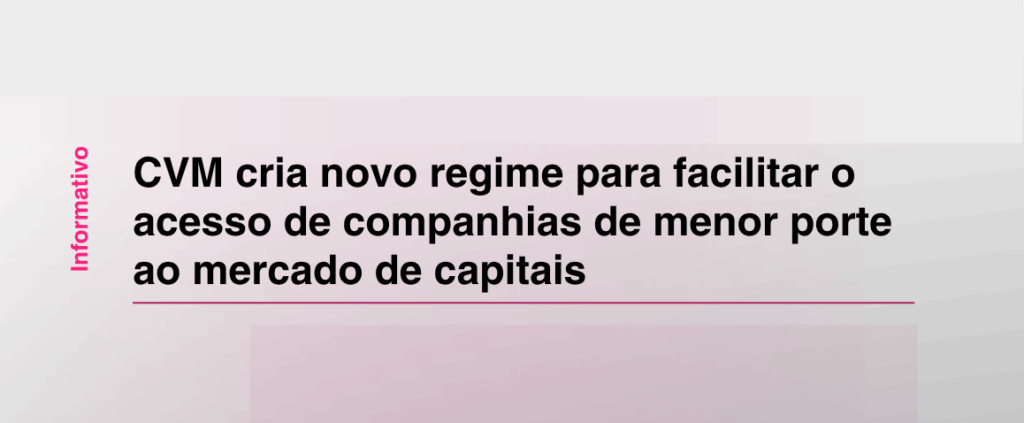
On July 3, 2025, the Brazilian Securities and Exchange Commission (CVM) instituted the EASY regime – Facilitation of Access to Capital and Listing Incentives. This new regulatory framework establishes simplified conditions for the registration of issuers, conducting public offerings, and disclosing information, through CVM Resolutions No. 231 and 232, which will come into effect on January 2, 2026.
The regulator's intention is to expand access to the capital markets for smaller companies by adopting simplified and proportional rules.
CVM Resolution No. 80 regulates the registration and provision of periodic and occasional information by issuers of securities admitted to trading on regulated markets. The adjustment introduced by CVM Resolution No. 231 included, in its Appendix B, a provision for the classification—or not—of the issuer as a "CMP."
CVM Resolution No. 166, which regulates the publications required by Law No. 6,404 of December 15, 1976 (the Corporation Law) for smaller publicly-held companies, was also amended. Following the change incorporated by CVM Resolution No. 231, the provisions of Resolution No. 166 now apply to unregistered issuers of securities admitted to trading on regulated markets.
CVM Resolution No. 232 contains the main measures related to the EASY regime. The rules set forth therein apply to:
– the classification of public limited companies as smaller companies;
– obtaining, maintaining and canceling registration as a securities issuer by smaller companies;
– public offerings for the distribution of securities issued by smaller companies;
– exemptions from legal obligations applicable to smaller companies; and
– the supervision exercised by entities managing organized markets over smaller companies listed on markets they manage.
Regarding the main aspects brought by the standard, the following stand out:
A smaller company that intends to be registered as an issuer of securities must apply for registration with the CVM in categories A or B, as defined in CVM Resolution No. 80.
Registration as a securities issuer may be obtained by a smaller company by fully complying with the rules applicable to obtaining registration as a securities issuer as set out in CVM Resolution No. 80, or automatically, after listing the smaller company with an entity managing an organized market, in accordance with CVM Resolution No. 232.
A smaller company may add the CMP classification to its current category A or B, as applicable, in order to benefit from the possibility of exemption from regulatory obligations provided for in the aforementioned Resolution. The following requirements must be met to obtain the CMP classification:
– be classified as a smaller company;
– have presented revenue from its operations, in a financial statement audited by an independent auditor registered with the CVM;
– be listed on an organized securities market; and
– in the case of an issuer of securities already registered, obtain the prior consent of investors, if it obtains the consent of the holders of outstanding securities.
An issuer classified as a CMP may benefit from exemptions from regulatory obligations, provided that such exemptions are consistent with:
– the issuer’s articles of association;
– the documents governing the issuance of debt securities issued by the issuer;
– the listing rules of the entity administering the organized market applicable to the issuer; and
– the list of exemptions from regulatory obligations presented by the issuer.
Furthermore, companies registered with the CVM and classified as Smaller Companies (CMP) may:
Disclose accounting information in semi-annual periods using the Semi-Annual Information form (ISEM), replacing the quarterly information provided for in the Quarterly Information Form (ITR);
Replace the reference form, prospectus and sheet with the EASY Form, presented annually or on the occasion of events provided for in the standard;
Obtain deregistration through a Public Offer for the Acquisition of Shares (OPA) with a successful quorum equivalent to half of the outstanding shares, replacing the current 2/3 of the outstanding shares;
Refrain from presenting the financial information report related to sustainability provided for in CVM Resolution 193.
Regarding the topic of public offerings, it is worth noting that companies registered with the CVM and classified as CMP may carry out public offerings in different ways:
Without limit on value, if they choose to fully follow CVM Resolution 160 and to make the reference form and quarterly accounting information available;
By observing the joint limit of R$ 300 million every 12 months:
If the public offering procedure provided for in CVM Resolution 160 is adopted, but with the replacement of the prospectus and the sheet by the EASY Form;
Exemption from the participation of an institution to act as coordinator, in the case of a debt offering intended exclusively for professional investors;
By adopting a new and simplified public offering procedure called a direct offering, in which the offering takes place directly in a system managed by an entity managing an organized market, without the need for registration with the CVM and hiring an institution to act as coordinator.
Even if smaller companies are not registered with the CVM, they may still conduct public offerings. It was established that such issuers are authorized to offer debt securities exclusively to professional investors, subject to the offering limit of R$300 million (three hundred million reais). Furthermore, in this case, it is not necessary to hire a coordinator for the offering.
Brazilian Payments System (SBP): structure, regulation and paths for innovation
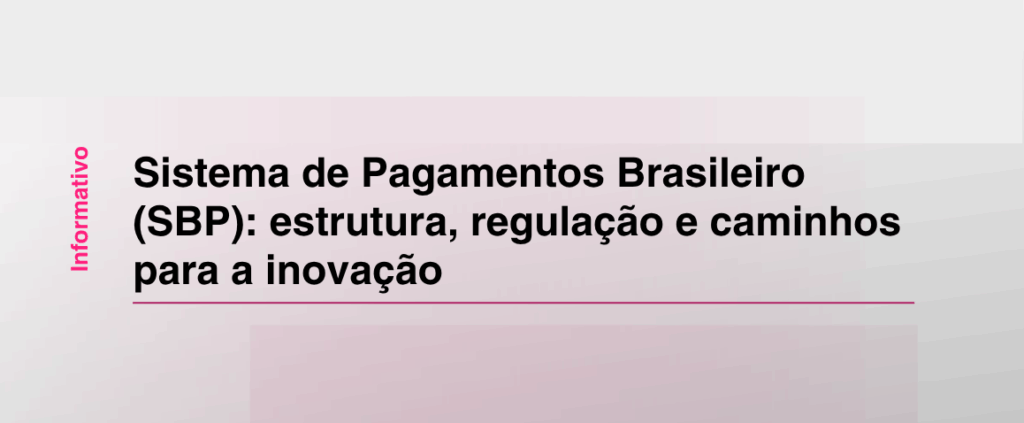
The Brazilian Payments System (SPB) is the fundamental structure that guarantees the safe and efficient movement of financial resources in the country, from everyday transactions to high-value operations between financial institutions.
Coordinated by the Central Bank, the SPB integrates several participants and sophisticated technological infrastructures that ensure the stability and integrity of the national financial system.
In this article, you will understand how the SPB works and how legal and technological advances in the Brazilian payments system have made it possible to open the market to the entry of new players, such as fintechs, driving modernization and financial inclusion in the country.
CVM Resolution 230 postpones the effective date of the new regulation on takeover bids to October 1, 2025
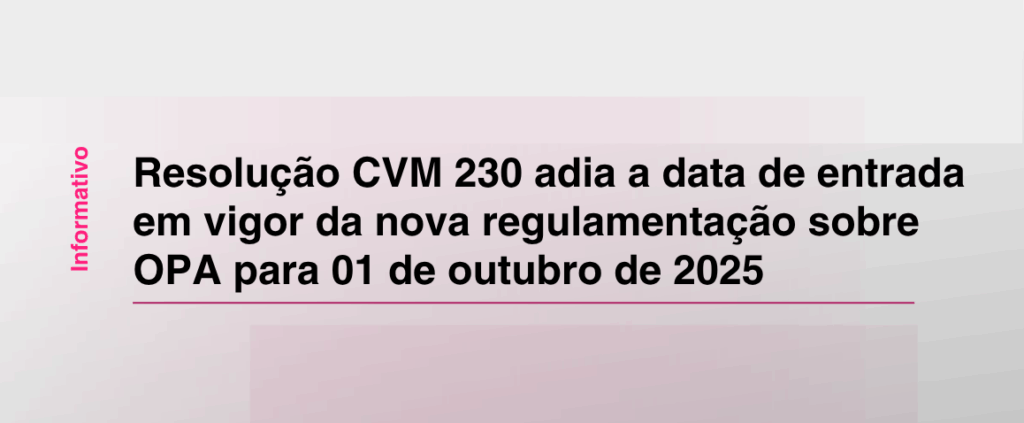
On June 18, 2025, the Brazilian Securities and Exchange Commission (CVM) approved CVM Resolution 230, which extended the entry into force of CVM Resolutions 215 and 216, initially scheduled for July 1, 2025. CVM Resolution 215 regulates public offerings for the acquisition of shares (OPA) issued by publicly-held companies, replacing the former CVM Resolution 85, while CVM Resolution 216 made adjustments to other rules to align them with CVM 215.
The postponement was motivated by the need to finalize the automatic OPA module of the SRE System, which will allow the receipt and registration of optional OPAs without exchange for securities. Despite the extension, participants may request exemptions or different procedures for the analysis of OPAs, according to article 45 of CVM Resolution 85. This article allows the CVM, in exceptional and duly justified situations, to authorize exemptions or specific procedures, respecting the requirements of Law No. 6,404 of 1976 (Corporation Law).
CVM publishes guidelines on the limited liability of Real Estate Investment Fund (FII) unitholders
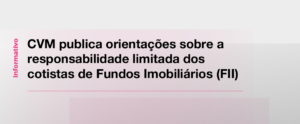
On March 18, 2025, the Brazilian Securities and Exchange Commission (CVM) published Circular Letter SSE 02/2025, which provides guidance on the responsibility of Real Estate Investment Fund (FII) shareholders in situations of negative net equity.
Registration with the Commercial Board and the rural producer's eligibility for judicial recovery

The Superior Court of Justice (STJ) ruled in Topic 1145 that rural producers can file for judicial recovery even if they have recently registered with the Board of Trade, provided they can prove they have been operating for at least two years. This decision expands access to the benefit, allowing the period of activity prior to registration to be considered. If you are a rural producer facing difficulties, judicial recovery may be the solution to restructure your debts and maintain your production!
BC and CVM facilitate foreign investments in the country's financial and capital markets
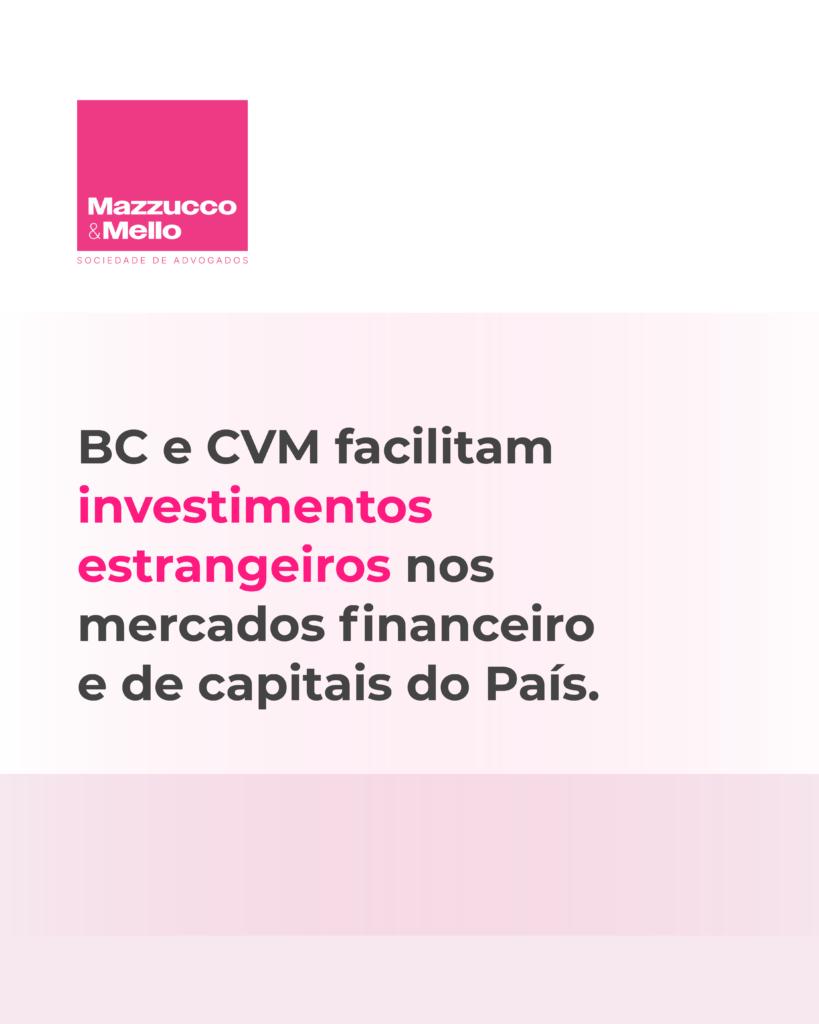
The CVM and the BCB published Joint Resolution No. 13 on 12/03/2024, which revokes CMN Resolution 4373 and simplifies the rules for foreign investments in the financial and securities markets. The rule aims to attract more investors, reduce costs and improve the business environment in Brazil.
The changes include the simplification of procedures, expansion of assets to back DRs, facilitation of investments via specific accounts, extension of the document retention period and adoption of risk-based criteria. The new regulations, the result of public consultation, come into effect on January 1, 2025.